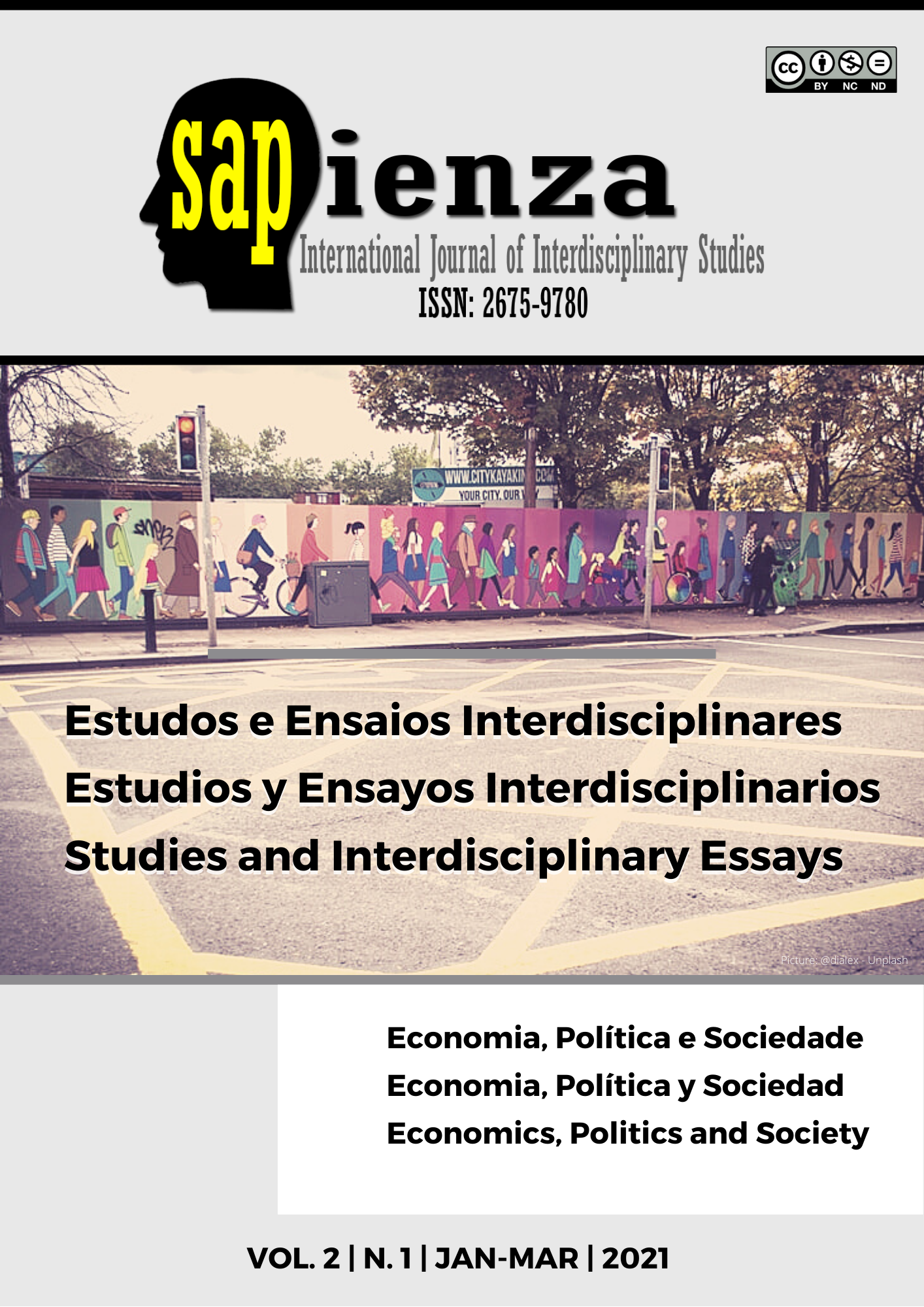Determinants of university dropout: a case study in the Dominican Republic
DOI:
https://doi.org/10.51798/sijis.v2i1.76Keywords:
University dropout, Desertion, UASD, Dominican RepublicAbstract
The objective of this research is to determine the factors that motivate desertion at the Autonomous University of Santo Domingo, Santiago Campus, period 2016-2019. To answer the questions and the specific objectives of the same, a descriptive field investigation was carried out, with a quantitative approach, a non-experimental and cross-sectional design. To collect the information, the survey technique and the open interview were used. The probabilistic, complex random sampling was used in several stages and a sample of 415 students was extracted from a population of 12,716 students, of both sexes, from the different careers that are taught in this campus and to carry out the statistical analyzes it was used the SPSS program and Microsoft Excel. In general, the levels of withdrawal or abandonment of subjects are very high 85.6%, likewise those who withdraw subjects, most of them are not formally carried out 59.04%, 75.3% have withdrawn between 1 and 4 times a subject. Those with the highest level of withdrawal or abandonment are: Education and Medicine with 19% and 28% respectively. On the other hand, 15.8% of those surveyed have an academic index below 70 points, where Education and Medicine careers have the lowest indexes, representing 16.3% and 32.6% respectively, 44.2% of those with indexes below 70 points are in the age range of 25 to 32 years, these data do not present any predetermined pattern either.
References
Barrero, F. (2015). Investigación en deserción estudiantil universitaria. (Revista Educación y Desarrollo Social), 86–101.
Bean, J. P., & Metzner, B. S. (1985). A conceptual model of nontraditional undergraduate student attrition. Review of educational Research, 55(4), 485-540.
Steren, B. Arriaga, J. (2013). Una Vision Integral del Abandono, EdiPUCRS, Porto Alegre – RS – Brasil
Cabral, M. (2004). Desercion Universitaria en la República Dominicana. Estudio Para La IESALC/UNESCO 2000-2005,
García, M. (2014). Rendimiento académico y abandono universitario: Modelos, resultados y alcances de la producción académica en Argentina. (Revista Argentina de Educación Superior, (8), 9–38).
González, L. (2005). Repitencia y deserción universitaria en América Latina. Informe Sobre La Educación Superior En América Latina y El Caribe 2000-2005, 156–168.
Guzman, D. (2014). Factores predisponentes a la deserción en primer año de la carrera de Medicina, Guatemala.
Hernandez, W. (2012). Permanencia , y estrategias de tutoría y retención de estudiantes de educación superior – INFORME NACIONAL REPÚBLICA DOMINICANA –.
Himmel, E. (2002). Modelo de análisis de la deserción estudiantil en la educación superior. Calidad En La Educación, (17), 91.
Huesca , M. & Castaño , M. (2007). Causas de Deserción de Alumnos de Primeros Semestres de una Universidad Privada. (Revista Mexicana de Orientación Educativa), V(12), 34–40.
Jiminián, Y. (2009). Desercion en la Universidad Abierta para Adultos (UAPA), Republica Dominicana.
Martinez, M. (2006). La Investigación Cualitativa ( Síntesis Conceptual ). Revista IIPSI, 9, 123–142.
Rodríguez, A., & Sánchez, M. (2005). Actualidades investigativas en educacion la deserción estudiantil en la educación superior : el caso de la universidad de costa rica, Costa Rica.
Román, M. (2013). Factores asociados al abandono y la deserción escolar en américa latina: una mirada en conjunto. REICE. Revista Iberoamericana Sobre Calidad, Eficacia y Cambio En Educación, 11(2), 33–59.
Sampieri, R. H., Fernández, C., & Baptista, P. (2006). Metodología Dela Investigación. Mc Graw Hill..
Downloads
Published
How to Cite
Issue
Section
License
Copyright (c) 2021 Rafael Alexander Marte Espinal, Lamec Fabián V

This work is licensed under a Creative Commons Attribution-NonCommercial-NoDerivatives 4.0 International License.




